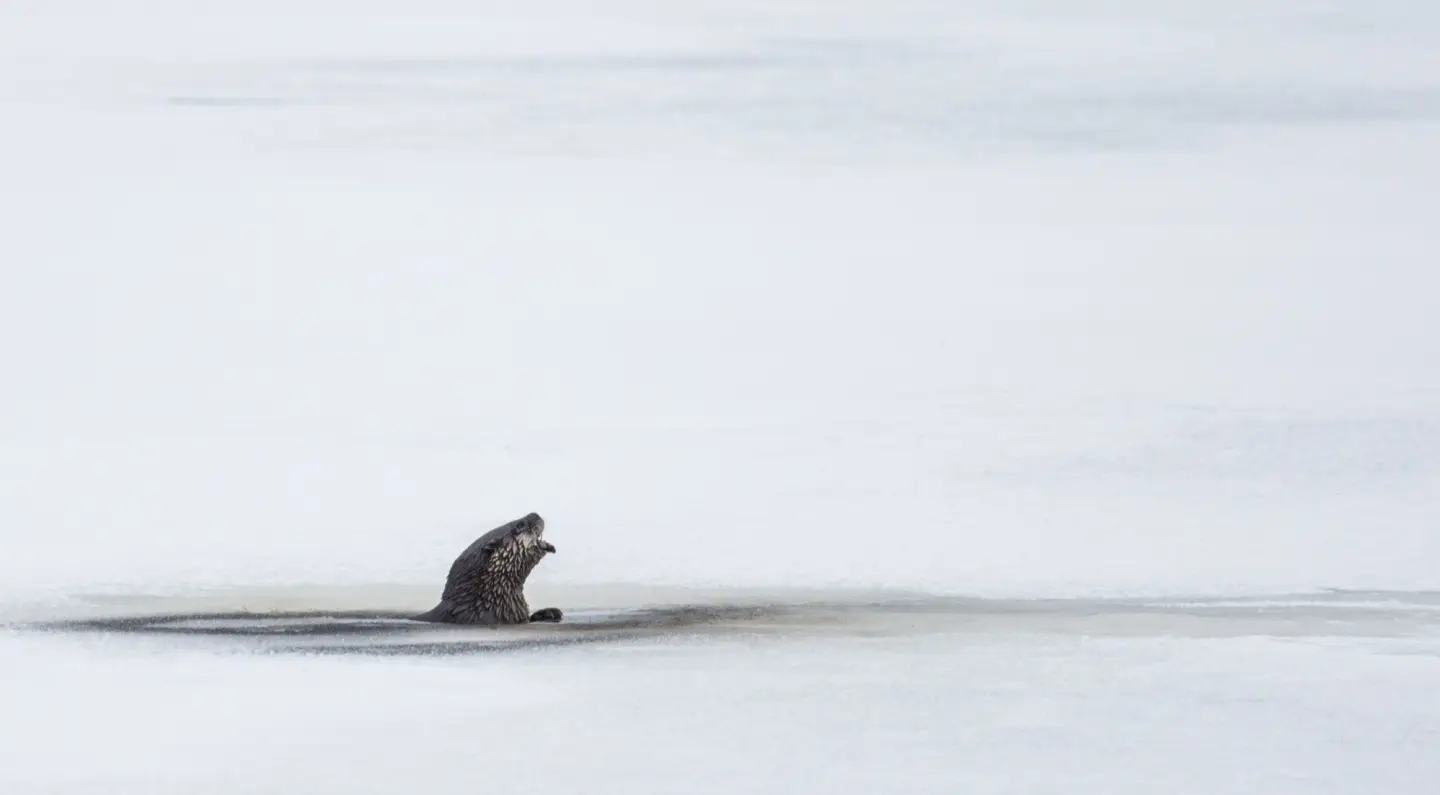What can we learn from our native wildlife's winter adaptions?
In this exciting era of cutting-edge technical gear and adventure apparel, let's not overlook the valuable lessons nature has to offer through the behaviors of the animals around us. Take note of these fantastic fauna and their wide-ranging winter adaptations; the things you learn may just come in handy for your next winter outing!
Black bears
Black bears school us in the art of the pre-hike feast. The voracious eaters engorge themselves on berries and bugs for months, becoming lethargic once it's cold, and using all the energy they’ve stored up to get them through the winter. They don't truly hibernate in the winter, going into a period of rest called torpor, so if you see them lumbering about be sure to keep your distance! The night before a bone-chilling winter adventure, take a tip from the bear, and pair a hearty meal with a good night’s rest.
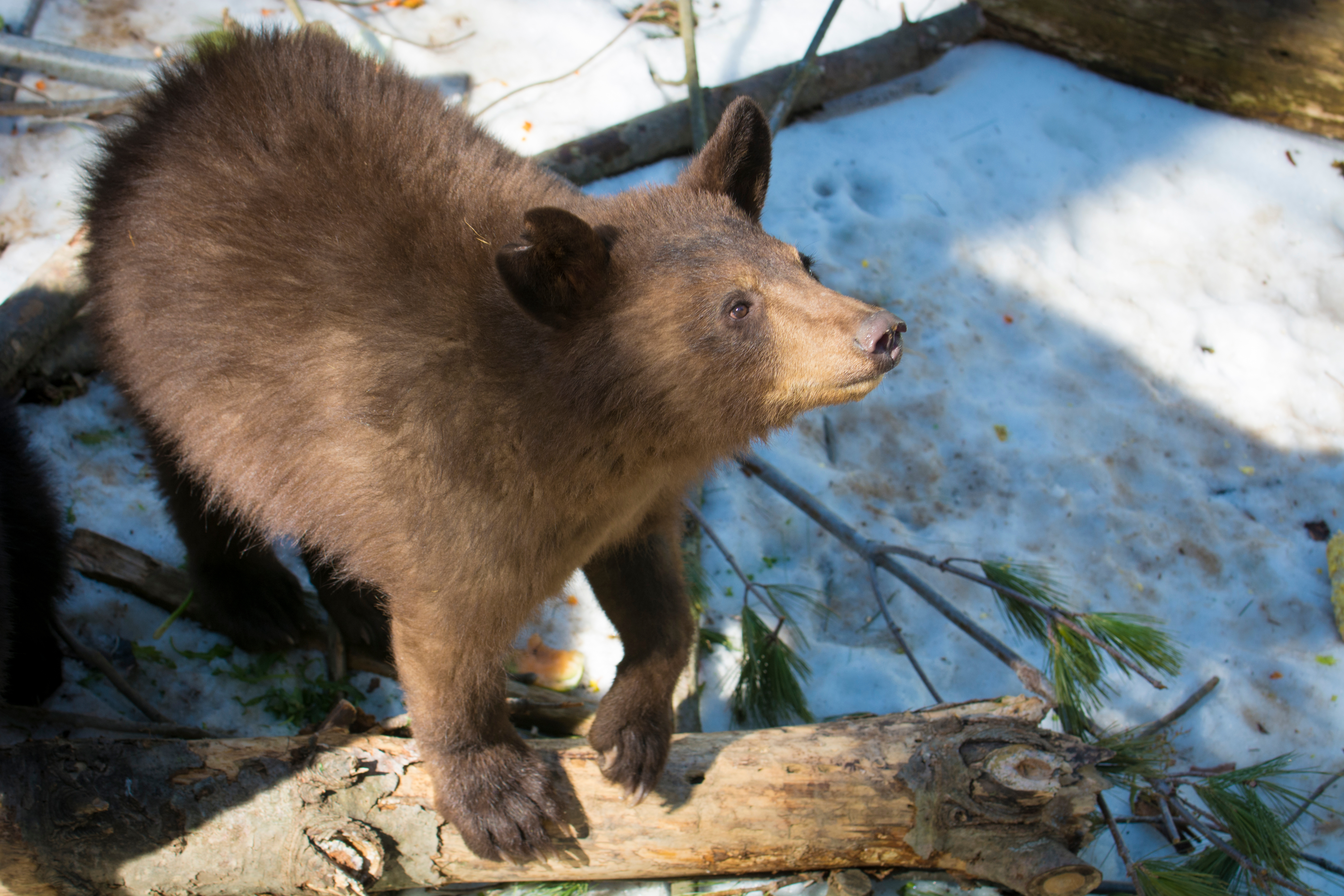
Buffalo
Okay, I know I said Adirondack wildlife, but anyone that's driven along Blue Ridge Road has likely spotted these furry friends on a hilly, green pasture. Our resident Adirondack Hub buffalo may not be running wild like the rest of the animals listed here, but those thick wooly coats they wear warn us that winter is not to be taken lightly. Layer up not just with those moisture-wicking base layers, but also the cozy fleece and poofy down jackets.
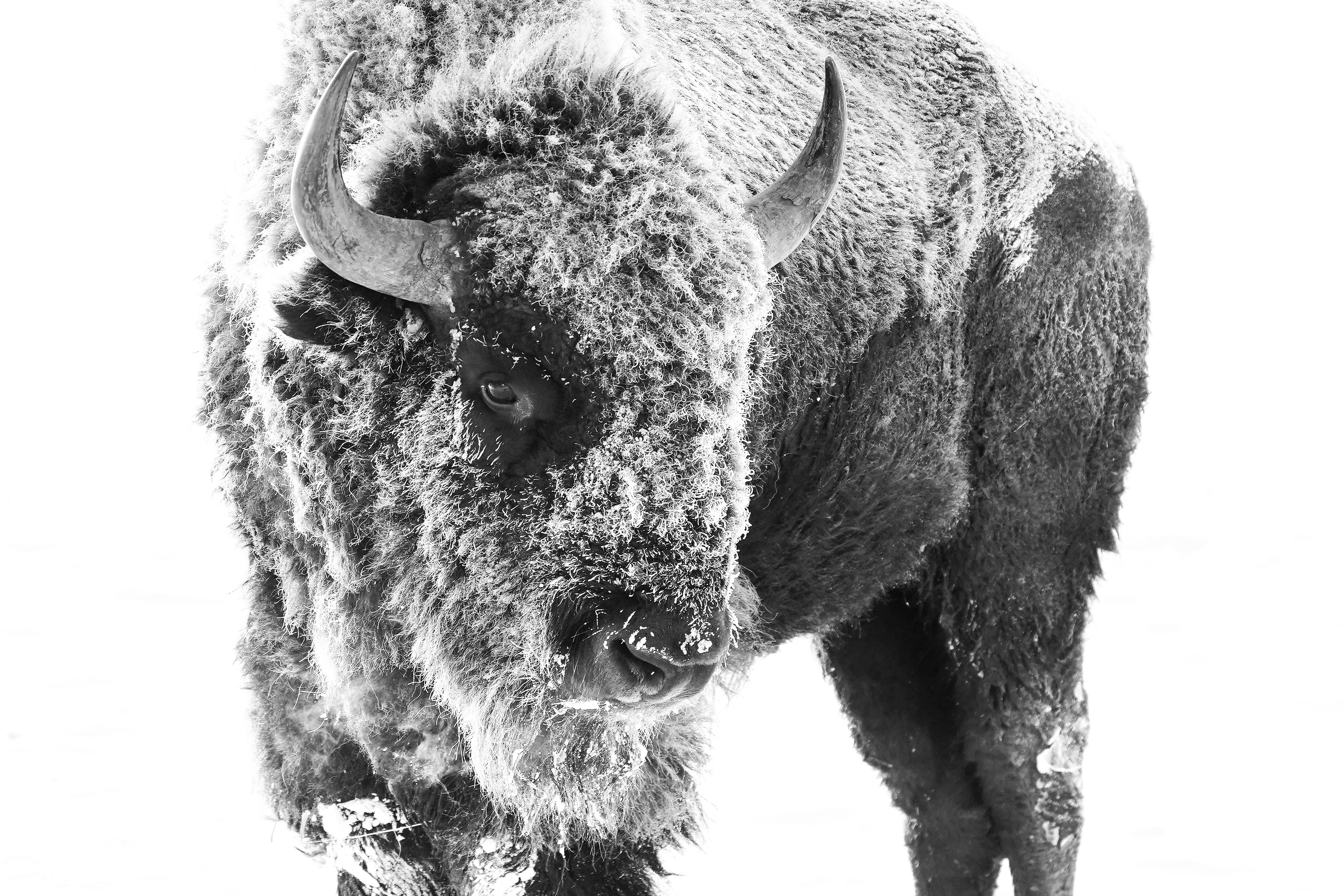
River otter
Slip-sliding around on the icy banks of our rivers and streams, diving into the freezing water, river otters know a little something about waterproofing. Their brown fur is filled with oils that keep them nearly as waterproof as the outer layer you should bring on every romp this winter! Keeping moisture away from your body is paramount, and waterproof pants, jackets, snow gaiters, and boots will keep you safe. If you're not lucky enough to spot them in the snow, travel to Tupper Lake for a glimpse of them at The Wild Center.
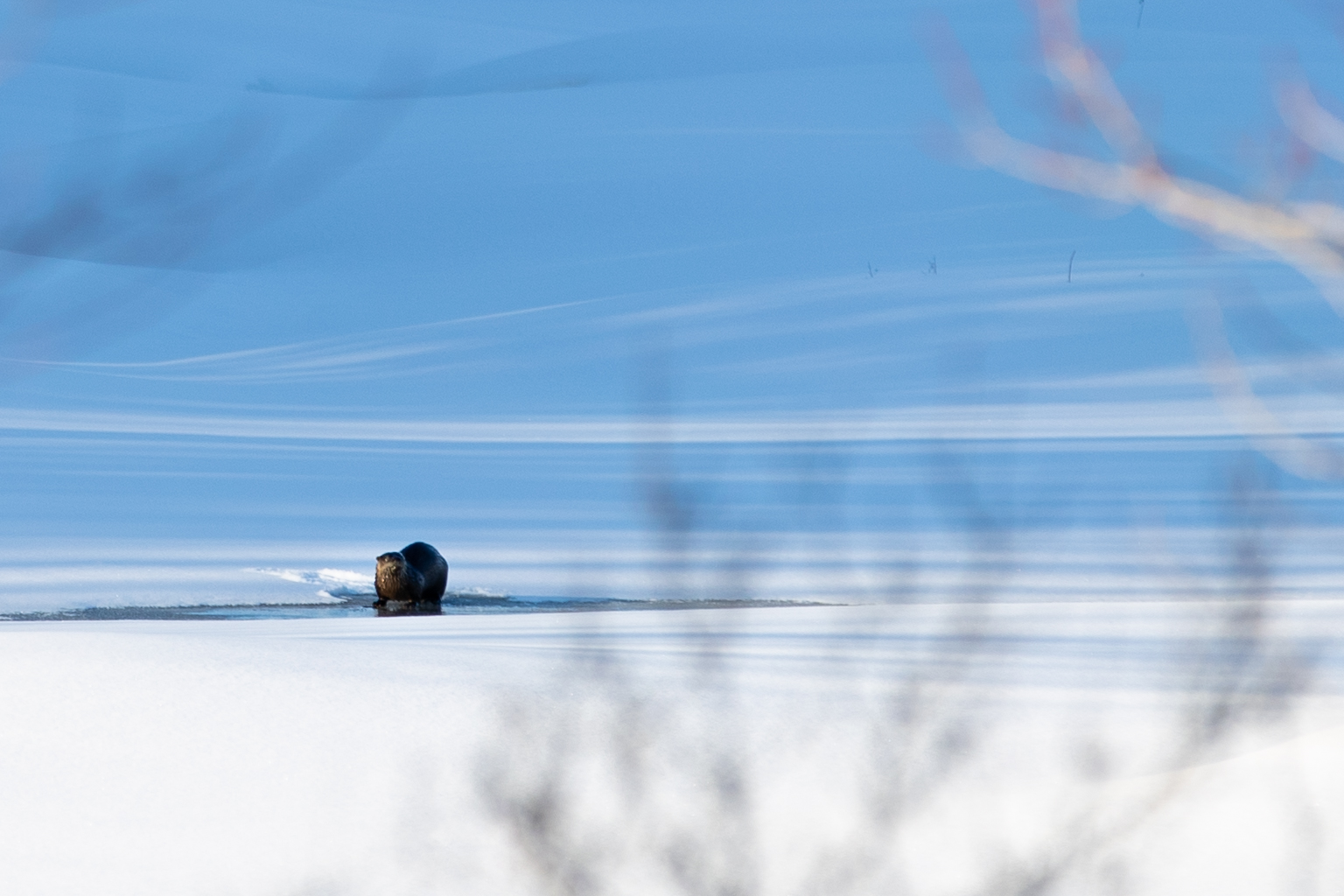
Snowshoe hare
Need I say more? This springy species thrives in the fluffy stuff, with their large, furry feet allowing them levity in even the deepest of pow. Winter hiking in the Hub means having snowshoes (or skis!) on your own feet, preventing post holes and making your movement through the snow easier, albeit maybe not as high-speed as the hare.
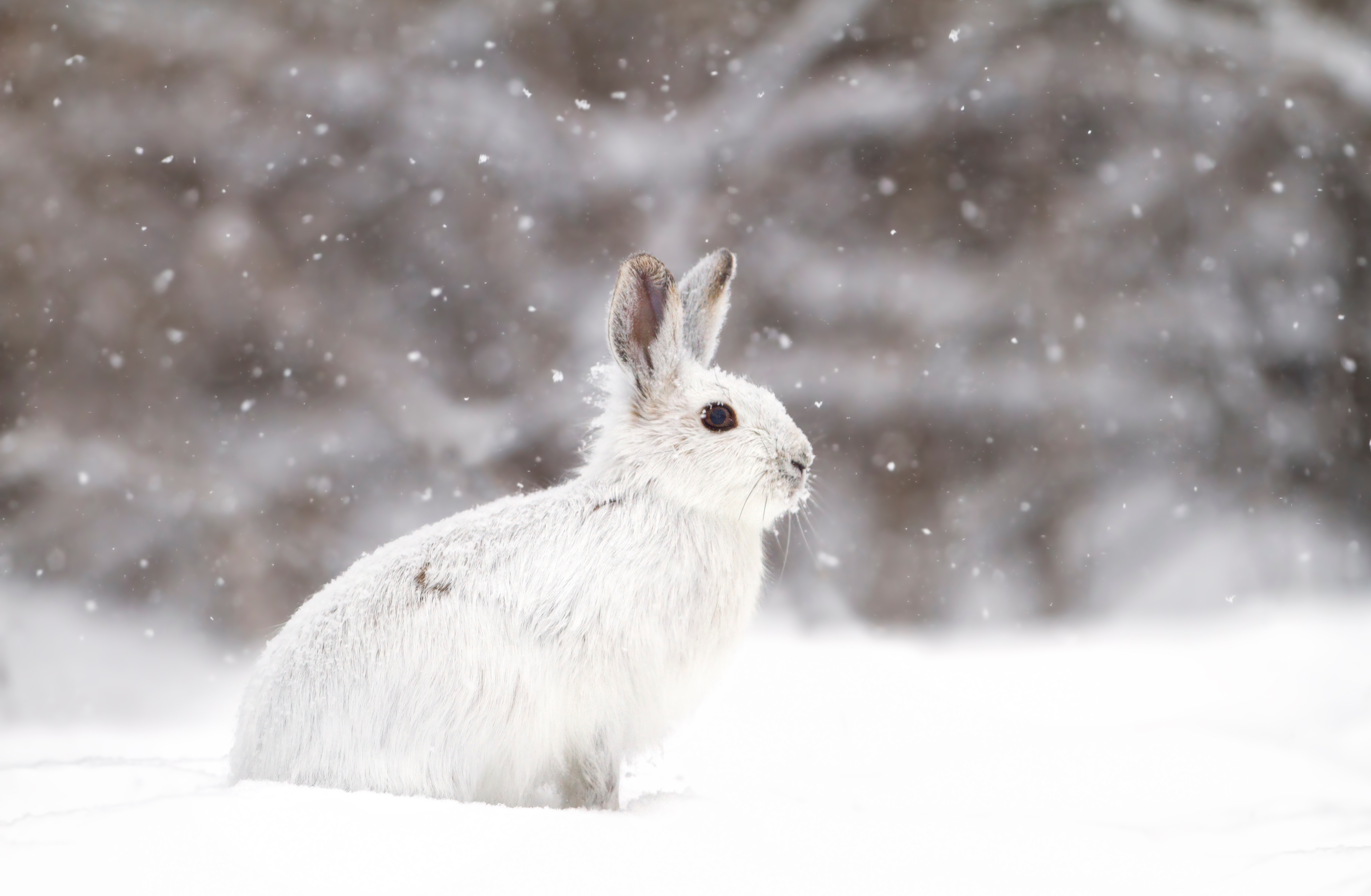
Bonus: Moose and squirrels
We can learn useful nutritional lessons from the behavior of these two Adirondack animals. Similar to how squirrels store excess food, it's advisable to carry more provisions than you might initially anticipate for an adventure. However, it's essential not only to carry the food, but also to consume it actively. Just like the massive moose meandering through our winter landscapes, maintaining a constant intake of food and water is crucial, given the increased energy expenditure while walking through snow.
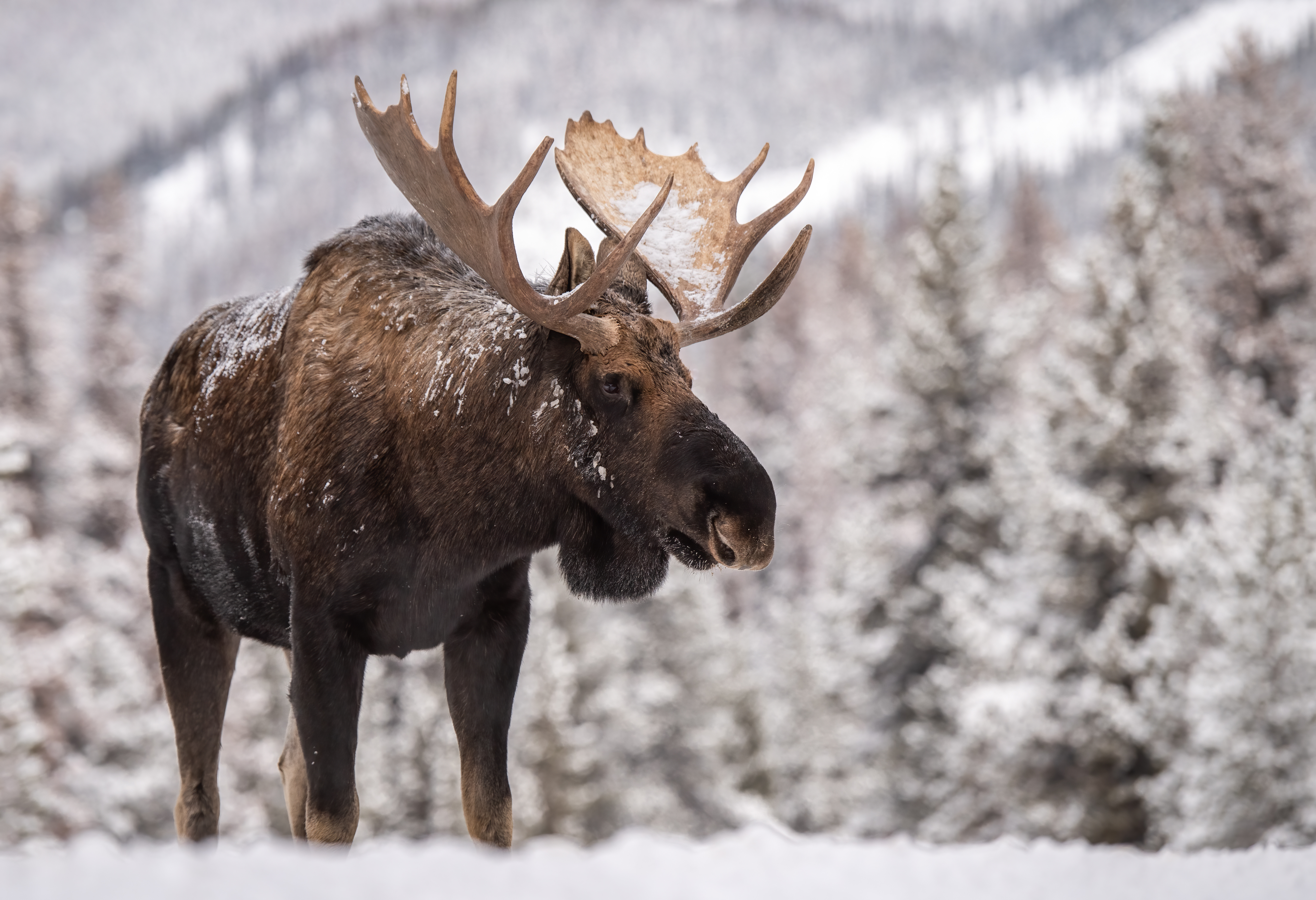
Although this list is helpful and light-hearted, it represents only a portion of the essential items you should bring for winter recreation. Do your research before you go anywhere, follow Leave No Trace principles, and be mindful that exploring in the winter comes with added danger. Take a look at this blog to read about preparing to hike an Adirondack High Peak in winter. Treating all of your hikes as such will ensure that you are ready for anything! While you’re in the Adirondack Hub, refuel after a winter activity at any of our cozy, local dining options.
